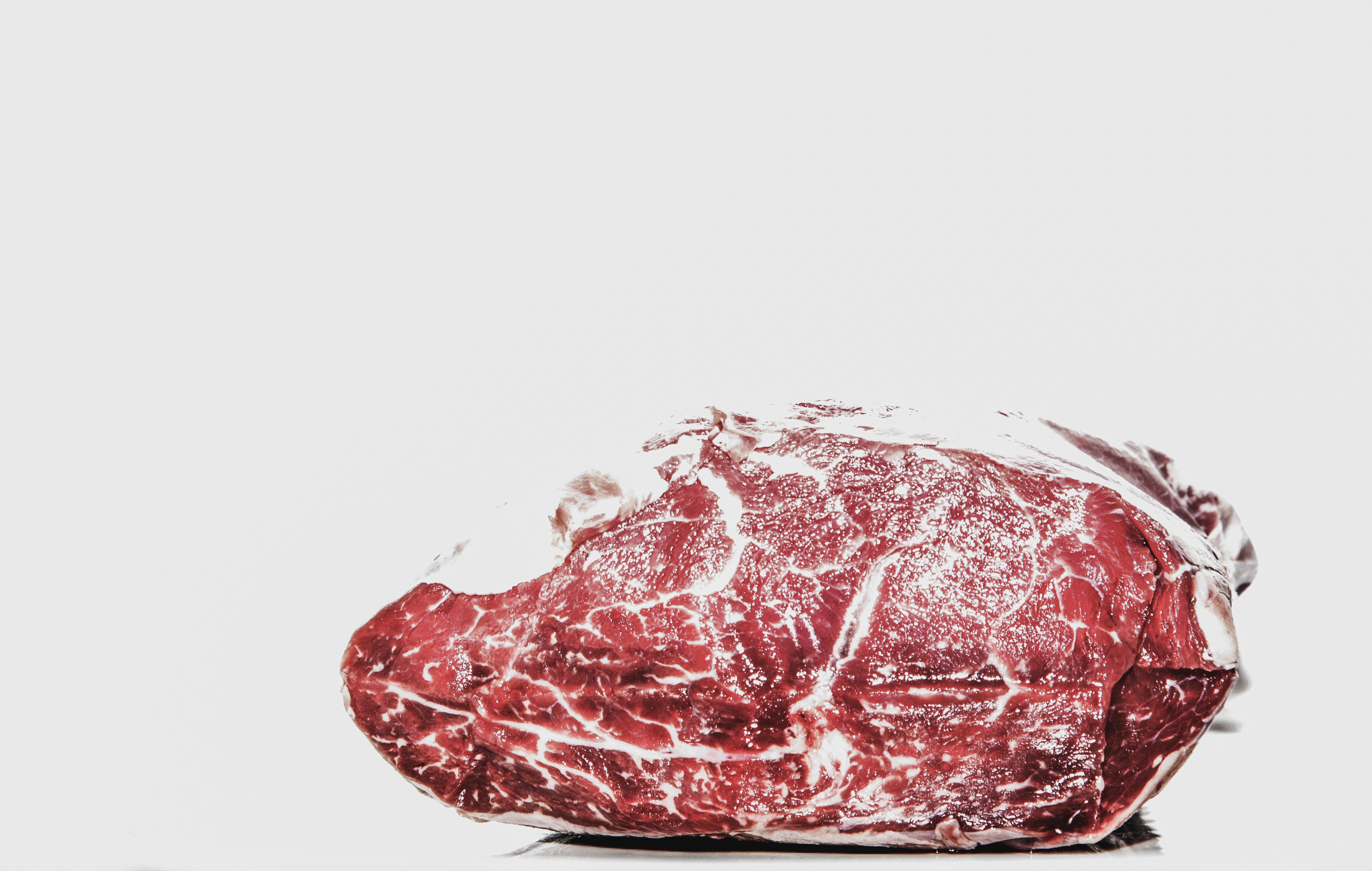In the meat processing industry, preservation is the primary goal of carcass spray chilling solutions. In fact, meat preservation – through refrigeration techniques and cold chain management – performs a critical role in modern meat production and distribution systems. In the absence of refrigeration, it would be virtually impossible for meat producers and suppliers of any scale to meet the needs of the market.
Refrigeration – benefits beyond meat preservation
Preserving meat for distribution and consumption is only one of the key benefits of refrigeration. Beyond preventing the spoilage of meat, refrigeration also impacts the quality of meat in terms of its tenderness and flavour.
Refrigeration also affects the end product yield or amount of saleable meat relative to weight, as well as the stability and intensity of meat colour. Moreover, it also impacts the ‘boneability’ or hardness of fat, especially in sections of the meat where the quantity of fat tends to be high.
These quality features are at the core of why it is so important to cool carcasses off. Thus, it is paramount to have knowledge and understanding of these features if we are to appreciate the processes and methods used in carcass chilling.
The first 24 to 48 hours’ post-mortem is the most critical period in the process of readying meat for distribution and consumption. During this time, the muscles of the carcass go through a number of biochemical and physiological processes. This is referred to as endogenic enzymatic activity, or proteolysis, which causes the muscle to mature, become tender, and develop a certain flavour or taste.
It is during this stage that refrigeration techniques are utilised to chill the carcass, and therefore, the chilling process plays a critical role in determining the final quality of the end product. Because of the internal processes occurring to the meat at this stage, once the 48-hour window is over, the impact of refrigeration on four of the five meat product qualities mentioned previously – tenderness and toughness, end product yield, meat colour and the hardness of fat – can no longer be changed. After the 48-hour chill period, refrigeration is only use for meat preservation
Challenges in the chilling and freezing of large carcasses
When it comes to the chilling and freezing of sizeable carcasses such as beef, there are specific challenges to be addressed through the refrigeration process. In fact, a large beef carcass requires certain conditions to be met to get it adequately chilled without sacrificing meat quality. In meat refrigeration, such conditions are considered critical, as any failure in the process can result in losses and spoilage.
Shrink and weep loss: The chilling rate can lead to moisture loss through the process of shrink and weep (drip). This is why hot (unchilled) carcasses and sides need to be immediately chilled to reduce this effect. However, no matter how quickly hot carcasses are chilled, meat will undergo a certain degree of weep loss. The key here is to minimise it. If a carcass is slowly chilled, the meat cut yield would undergo major weep loss, especially if it is intended to be vacuum sealed.
Heavy meat sides, as already mentioned, should be quickly chilled until the temperature of the deep muscle reaches 25°C maximum. During this process, within the first ten hours after slaughter, the deep butt must be chilled to at least 30°C. This also affects bone taint, so this process is critical to prevent infection and spoilage. Also, the importance of ensuring a rapid chilling rate cannot be stressed enough, especially if electrical stimulation is applied to preserve meat tenderness; else, weep loss will be greater.
Slow chilling leads to a PSE (pale, soft and exudative meat) effect in the butt deep muscle which, again, results in more weep loss and an undesirable meat colour. Therefore, if electrical stimulation is to be used to prevent the toughening of exposed muscles, rapid chilling must also be implemented simultaneously.
Meat colour: Vendors and consumers typically depend on visual cues in determining meat quality, particularly the meat and fat colour. Again, the critical role of the chilling environment cannot be stressed enough as it has a profound effect on the colour of red meat, in particular.
Freshly cut meat is naturally purplish red in hue (due to the myoglobin pigment) when not exposed to oxygen. Upon exposure, however, the myoglobin reacts through oxygen absorption, and turns the meat into a bright red colour, with the by-product oxymyoglobin. This is usually the desirable colour people associate with fresh meat. However, extended exposure to oxygen leads to the production of metmyoglobin which turns the meat colour brownish to grey. This hue is what people associate with stale meat cuts that have reached the end of their shelf life.
Again, the role of refrigeration is significant here as low temperatures arrest meat colour changes, whilst improving the intensity of the desired meat colour. Well-chilled meat at 0°C usually requires a minimum of 30 minutes to reach a fully-bloomed reddish tint extending to a depth of five millimetres.
Spray nozzle chilling technology helps to reduce the undesirable outcomes of shrinkage and weep loss, as well as helping to preserve the desired meat colour and extending the shelf life of meat products. At Spray Nozzle Engineering, there are various types of carcass spray nozzles to choose from depending on the system you are using.
If you require more info on spray chilling tips and assemblies, please reach out to Spray Nozzle Engineering.


